Archives
- 2018-07
- 2018-10
- 2018-11
- 2019-04
- 2019-05
- 2019-06
- 2019-07
- 2019-08
- 2019-09
- 2019-10
- 2019-11
- 2019-12
- 2020-01
- 2020-02
- 2020-03
- 2020-04
- 2020-05
- 2020-06
- 2020-07
- 2020-08
- 2020-09
- 2020-10
- 2020-11
- 2020-12
- 2021-01
- 2021-02
- 2021-03
- 2021-04
- 2021-05
- 2021-06
- 2021-07
- 2021-08
- 2021-09
- 2021-10
- 2021-11
- 2021-12
- 2022-01
- 2022-02
- 2022-03
- 2022-04
- 2022-05
- 2022-06
- 2022-07
- 2022-08
- 2022-09
- 2022-10
- 2022-11
- 2022-12
- 2023-01
- 2023-02
- 2023-03
- 2023-04
- 2023-05
- 2023-06
- 2023-08
- 2023-09
- 2023-10
- 2023-11
- 2023-12
- 2024-01
- 2024-02
- 2024-03
- 2024-04
- 2024-05
- 2024-06
- 2024-07
- 2024-08
- 2024-09
- 2024-10
- 2024-11
-
The PAS domains of AHR
2023-04-07
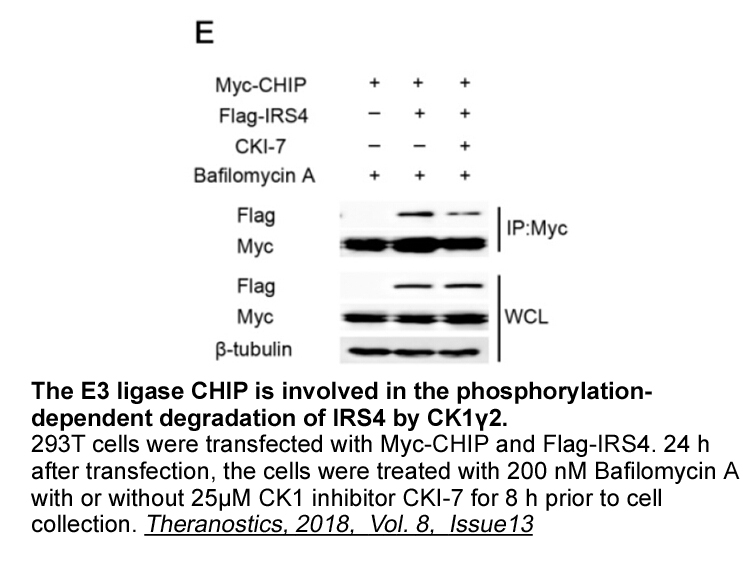
The PAS domains of AHR consist of two regions, PAS-A and PAS-B, which function as interfaces for dimerization with ARNT and for ligand binding, respectively [14]. Although both the bHLH and the PAS-A domains have been shown to be involved in dimerization with ARNT, a recent report suggests that only
-
br Introduction ACK or Activated
2023-04-07
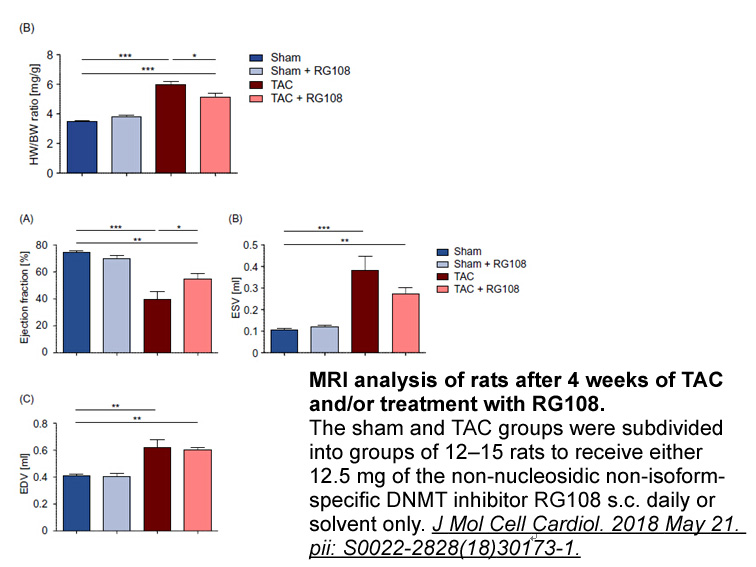
Introduction ACK1, or Activated Cdc42-Associated Kinase, located on chromosome 3q, is a ubiquitously expressed non-receptor tyrosine kinase cloned from a human Ghrelin (rat) australia cDNA library (Manser et al., 1993). It was first identified to bind to activated Cdc42, a small Ras GTPase via it
-
IGF signaling has been shown to induce chromatin changes via
2023-04-07
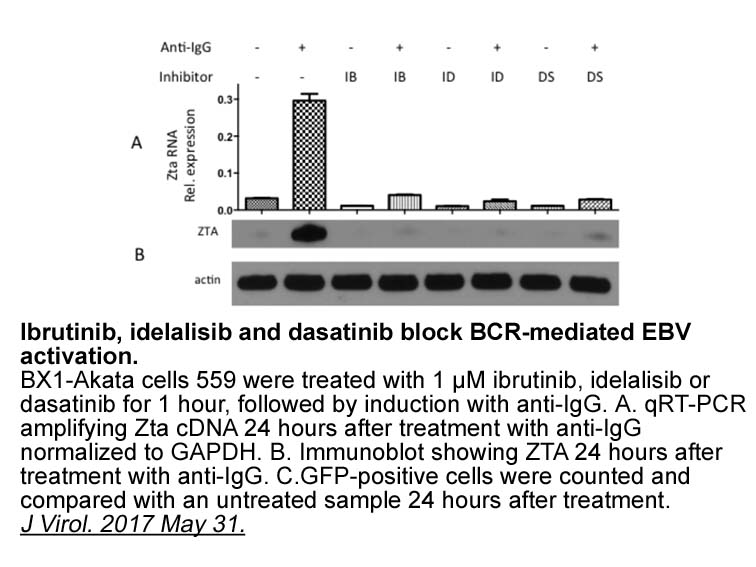
IGF-1 signaling has been shown to induce WP1130 changes via interacting with MKK-p38 signaling (Serra et al., 2007) and by perturbing Foxo3a signaling (Stitt et al., 2004), among other mechanisms. The current study demonstrates that the acetyl group itself may be limiting, since IGF-1/ACL/acetyl-Co
-
Arginase deficiency is a rare urea
2023-04-06
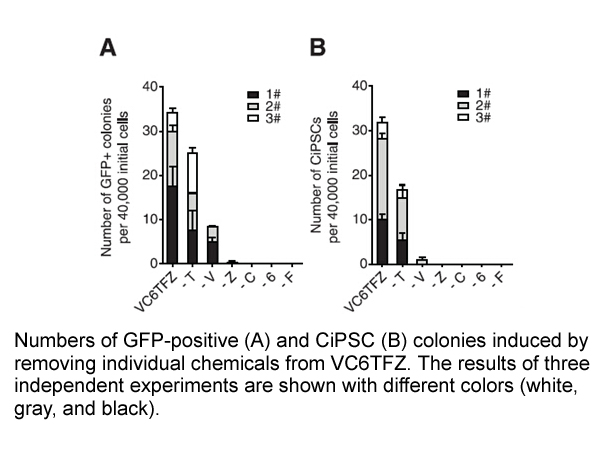
Arginase deficiency is a rare urea cycle disorder with hyperargininemia and profound neurological impairment as hallmark features. Arginase-1-deficient mouse models have been created, and they exhibit a profound lethal phenotype approximately 2 weeks after birth in the global knockout (KO) mice or a
-
Growth inhibition assays are the most commonly used
2023-04-06
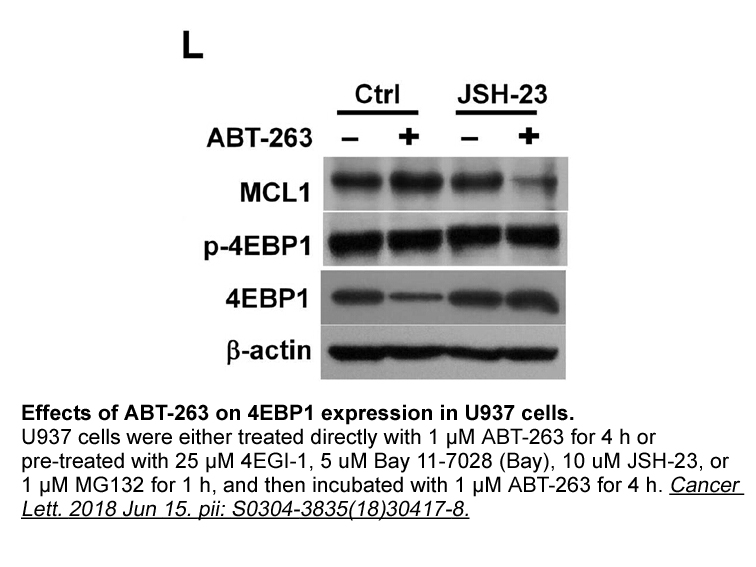
Growth-inhibition assays are the most commonly used to identify antifungal small molecules. However, they have several facts that limit their use since many pathogenic fungi grow as filaments making difficult a correlation between growth and OD (optical density). They are not useful for identifying
-
br Methods br Results br Discussion By following
2023-04-06
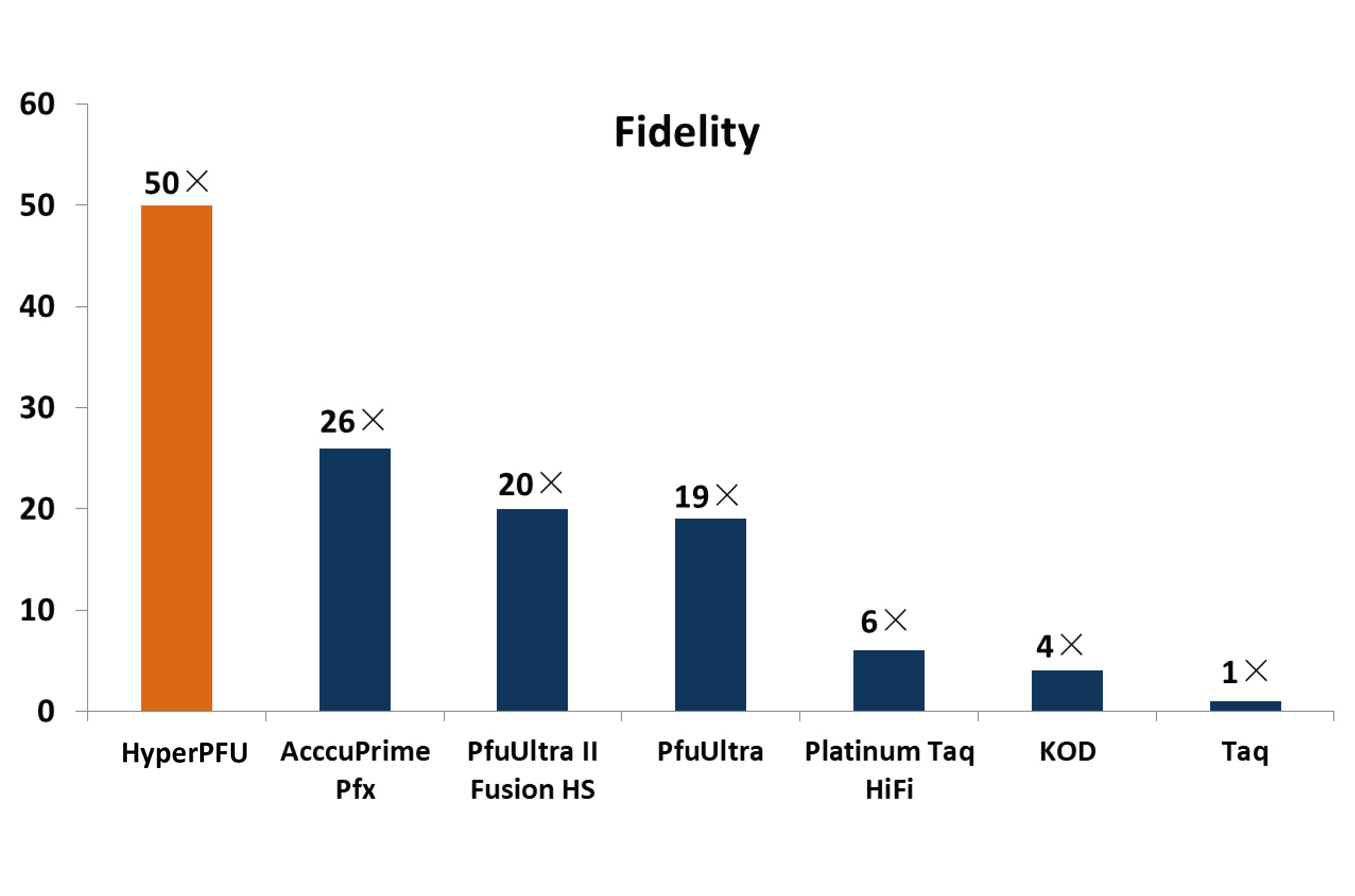
Methods Results Discussion By following a large cohort of older persons for up to 11 years, we found that subjects with more degraded FR in motor activity (i.e., weaker temporal activity correlations at time scales catalase inhibitor pathologies affect diverse clinical phenotypes and are r
-
br Materials and methods br Results br Discussion br Competi
2023-04-06
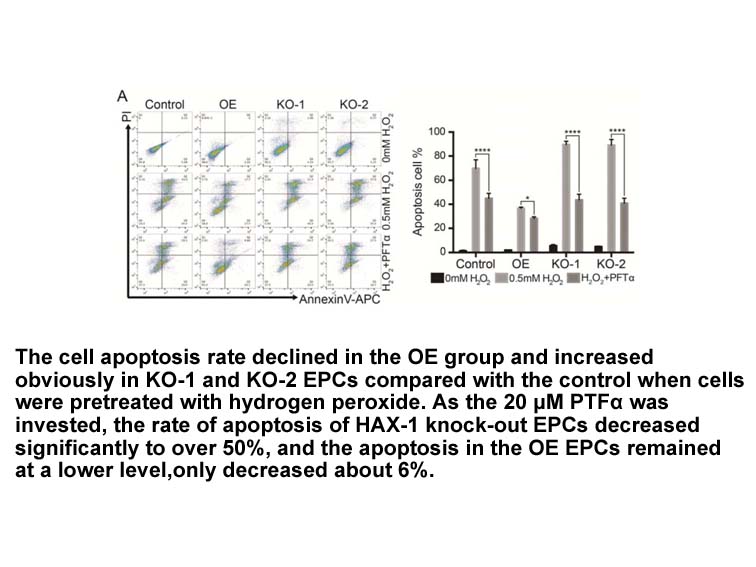
Materials and methods Results Discussion Competing financial interests Acknowledgements The work was partially supported by grants from the National Natural Science Foundation of China (Grant no. 31530053 and 31401424) and National Science and Technology Support Plan (Grant no. 2013BA
-
br KYN Acts on AhR To Induce Tolerogenic
2023-04-06
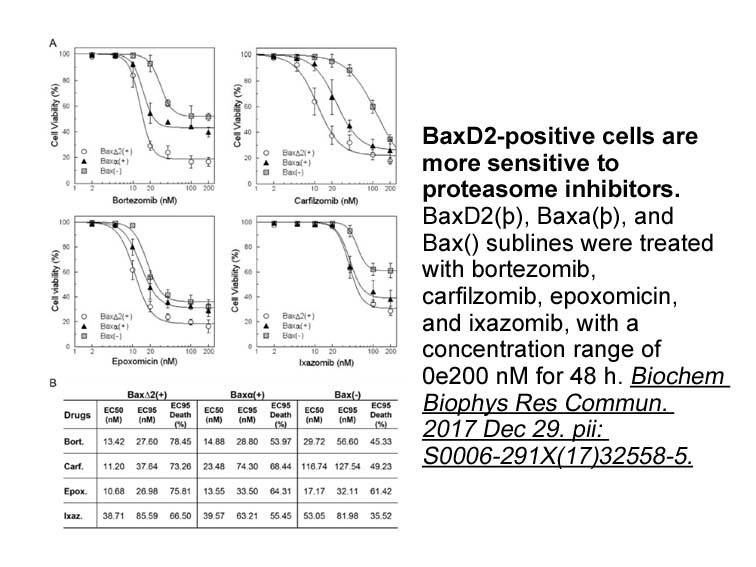
KYN Acts on AhR To Induce Tolerogenic Immunity IDO1 and TDO2 are intracellular heme-containing metalloproteins that catalyze the committing and rate-limiting step of the KYN pathway (KP) that converts the essential amino Betulinic Acid tryptophan to a series of biologically active second metabol
-
The cellular mechanism underlying the CGS mediated inhibitio
2023-04-06
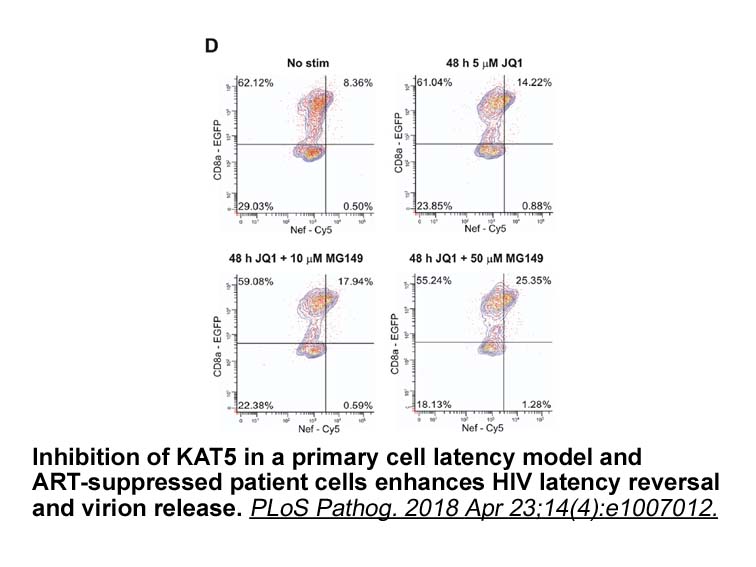
The cellular mechanism underlying the CGS12066-mediated inhibition of glutamate release from hippocampal nerve terminals through presynaptic 5-HT1B receptors remains to be elucidated. 5-HT1B receptors are coupled to PTX-sensitive G proteins (Gi or Go) that have been shown to inhibit AC activity as w
-
HT receptors are distributed throughout
2023-04-06

5-HT3 receptors are distributed throughout the brain, within the brainstem (e.g., nucleus tractus solitarius, area postrema and spinal trigeminal nucleus) and Ac-IEPD-AFC (e.g., hippocampus, amygdala, nucleus accumbens, putamen and caudate) (Abi-Dargham et al., 1993, Barnes et al., 1989, Bufton et
-
Since natural and recombinant glycoprotein hormones exhibit
2023-04-06
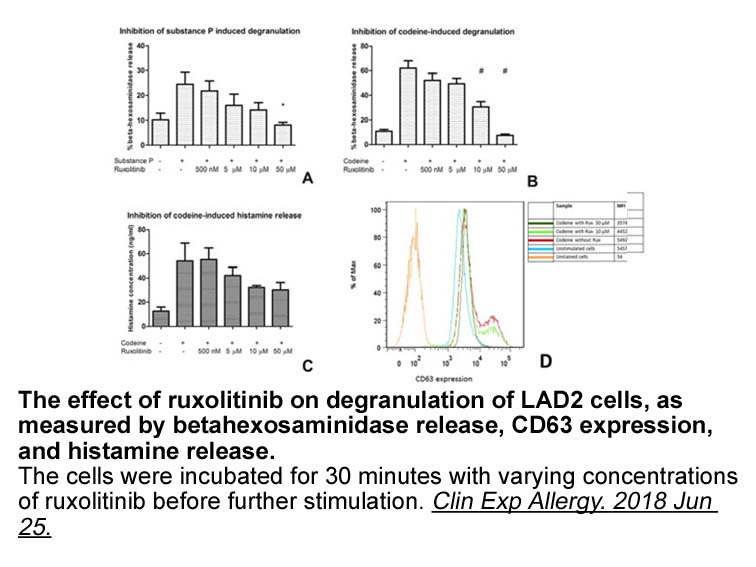
Since natural and recombinant glycoprotein hormones exhibit some differences in their carbohydrate structures, we checked whether this could affect the permissive effect on FSK-induced cyclic AMP response in MLTC-1 cells. Fig. 6 shows that the same sensitizing effect to FSK is observed with pituitar
-
The altered frequency of CD T cells in LO
2023-04-06
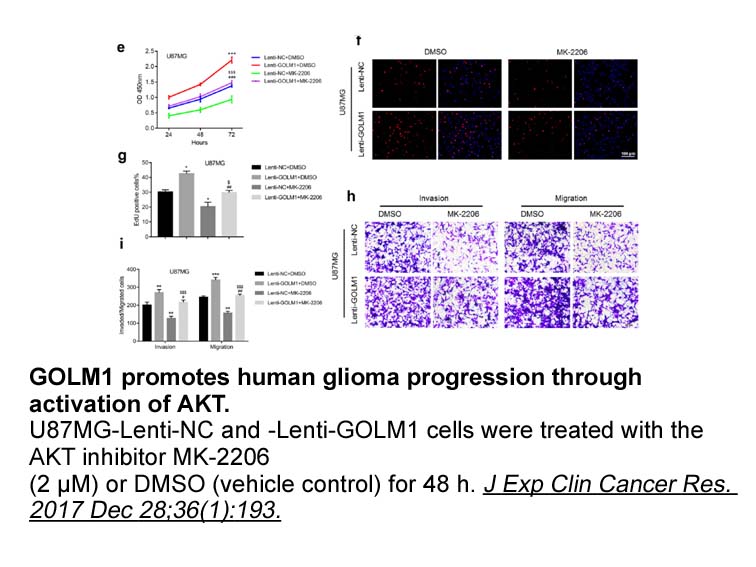
The altered frequency of CD4+ T Wang Resin mg in 5-LO−/− mice led us to hypothesize that these leukocytes could be exerting a primary control of the inflammatory response. In fact, the lack of 5-LO resulted in the accumulation of CD4+CD25+ cells expressing Treg markers. It is plausible to speculate
-
Our data indicate that the D domain only needs
2023-04-06
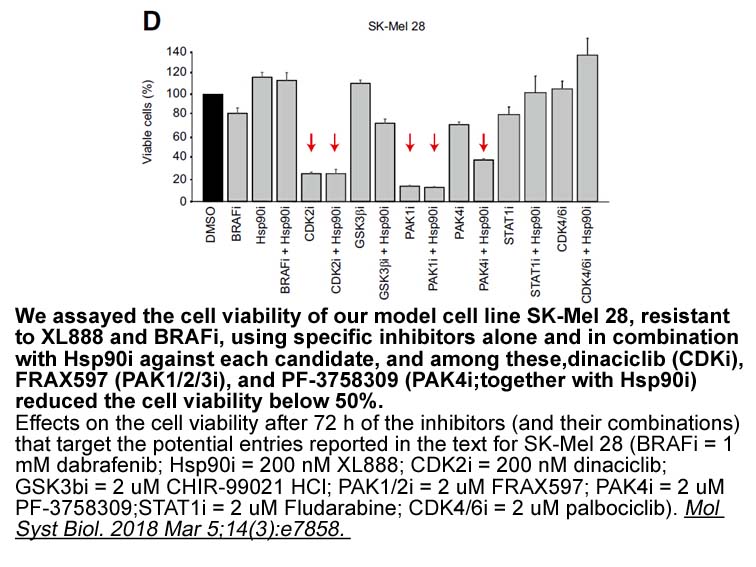
Our data indicate that the D1 domain only needs to hydrolyze ATP a few times, or perhaps even just once, during the processing of a given substrate molecule, whereas the D2 domain hydrolyzes ATP many times. Consistent with this model, only D2 contains the canonical aromatic pore loop residues implic
-
Whole body loss of ACLY is
2023-04-06
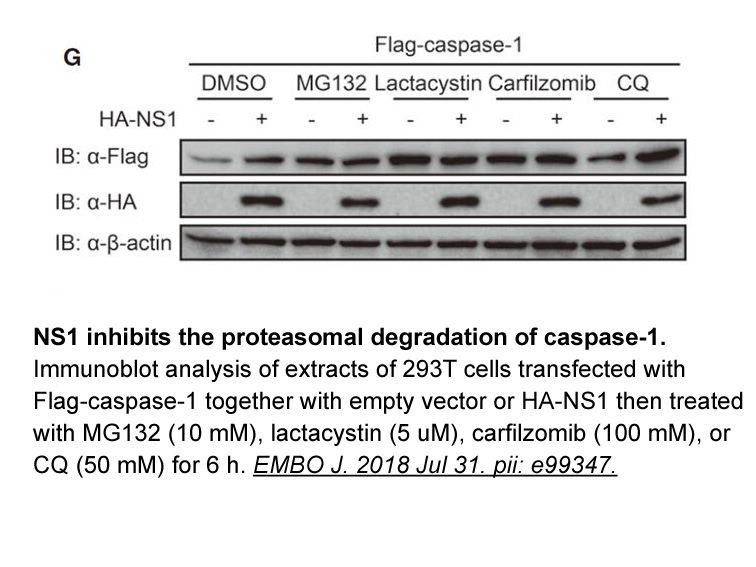
Whole-body loss of ACLY is early embryonic lethal, indicating that it serves non-redundant roles during development (Beigneux et al., 2004). Silencing or inhibition of ACLY suppresses the proliferation of many cancer cell lines and impairs tumor growth (Bauer et al., 2005, Hanai et al., 2012, Hatziv
-
po1 The inhibition of ACLY induces an anticancer
2023-04-06
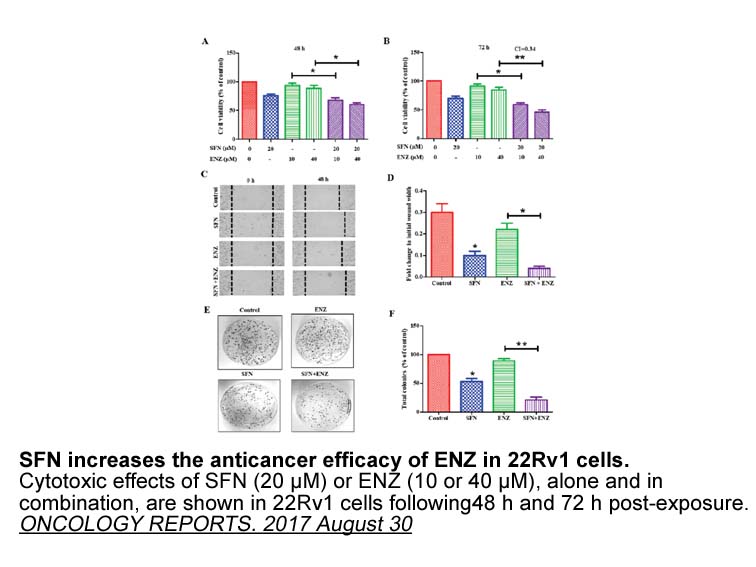
The inhibition of ACLY induces an anticancer effect that has been reported to be involved in mitochondrial reactive oxygen species (ROS) generation [14], [16], dual blockade of mitogen-activated protein kinase and phosphatidylinositol-3-kinase/AKT pathways [11], and the glycolytic phenotype of tumor
15133 records 261/1009 page Previous Next First page 上5页 261262263264265 下5页 Last page